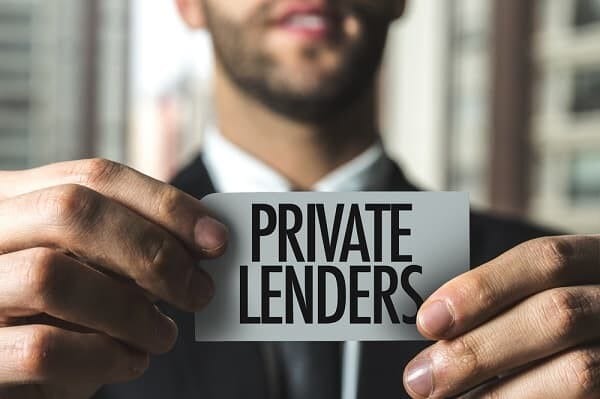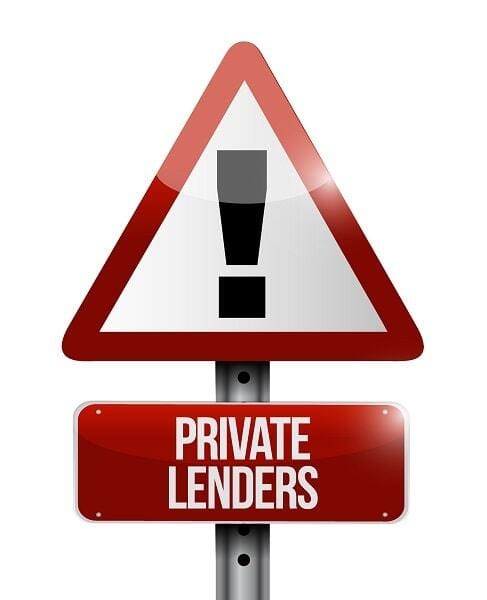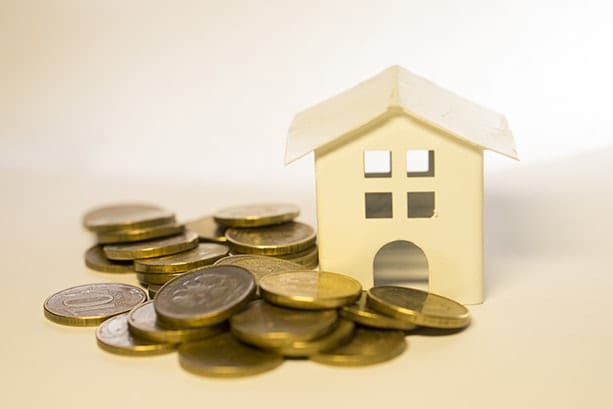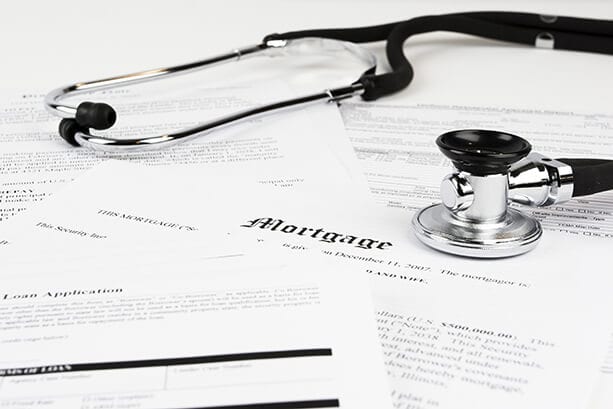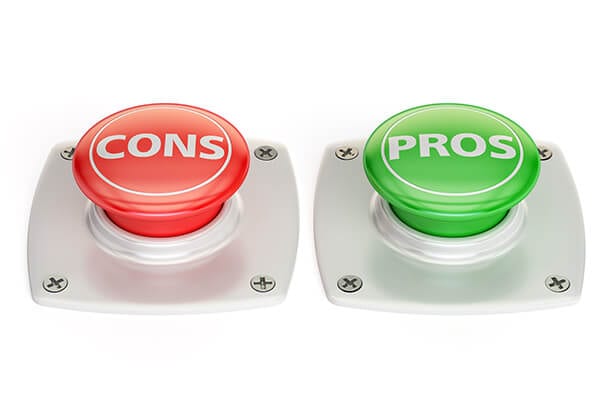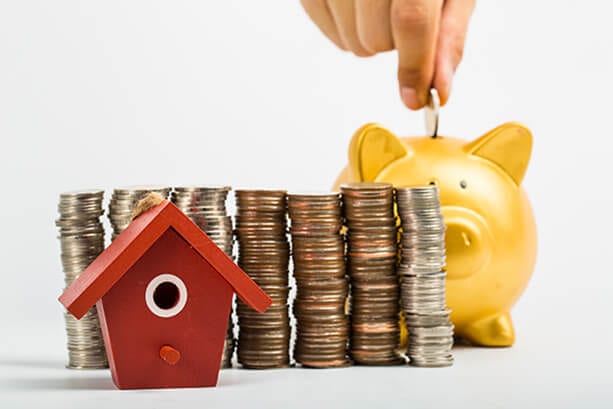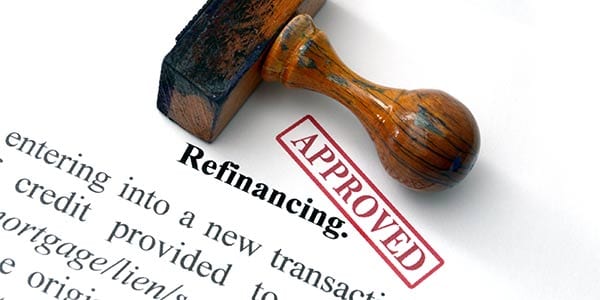Buying a car is an exciting milestone that gives you that freedom you have always longed for. You can say goodbye to bus and train timetables and take off for weekend getaways with ease. Getting to and from work is now a breeze, and you can get around as you choose.
There are so many benefits that come with a car. But do you have the best loan for you? Refinancing your car loan can land you a better deal and ensure you pay back less over time. Here’s how to refinance a car loan.
How To Refinance A Car Loan?
Wondering how to refinance a car loan? The process is quite easy, but you do have to do your research to make sure you are getting the best deal. Refinancing your car loan means replacing the existing loan with a new one under new terms.
Before looking at how to refinance a car loan, let’s take a look at the benefits it can offer and why you might consider it.

Why Refinance A Car Loan?
There are many reasons you might be considering refinancing your car loan. If you are in a position of good credit and have been making your repayments on time each month, then refinancing is a great opportunity for you to secure a lower interest rate for your loan. This can help you save money and also reduce the monthly repayments.
Here are some of the benefits that come with refinancing:
- You can find a better interest rate. This will save you over the course of your loan and you will end up paying back less money overall.
- You have the opportunity to extend the length of your loan to make it easier for you to pay back.
- You also have the opportunity to remove your guarantor by refinancing the loan.
- You can change the type of loan you took out, ie from fixed to variable interest or from secured to unsecured.

What To Consider
Before you take decide to refinance your car, there are a few things you should consider:
- The value of your car: the value of your car is different to how much you paid for it in the first place. Cars aren’t considered a great investment and they usually devalue the minute you drive out with them. Owing more money than the car is currently worth makes you a high risk to a lender and can be more difficult to find a new lender who will refinance your loan. If you default on your loan, the lender can seize your vehicle as payment, but if it is worth less that your loan, then they won’t get the full amount owed.
- How long you have left on your loan: car loans are significantly shorter than mortgages, so it is worth looking at how long is left on your loan to consider whether it is worth it. If you have less than a year left, then the cost in fees to change lenders could end up more than you save on a new loan.
- Work out the costs: you also need to work out how much it will cost you in fees etc, compared to how much you save on interest to see if it is worth your while. This will vary from lender to lender.

Types Of Refinance
When it comes to how to refinance a car loan, there are a few options available to you.
Car loan: you can take out a new car loan with a new lender. This new car loan will take over your old one and offers you the perks of a lower interest rate.
Personal loans: you can take out a personal loan with a new lender to cover the cost of a car loan. You can use the money from the personal loan to pay back you car loan provider and then pay off the personal loan instead.
How does it work? Once you find a new provider, you can choose the type of refinance you are interested in. The money you borrow from the new lender is then used to pay off the balance on your previous car loan. As a result, you enter into a new contract with the new lender.
How To Refinance A Car Loan?
Now that you know the benefits that come with it, you might be wondering exactly how to refinance a car loan? If you are wondering if you qualify then speak to the experts at the Australian Lending Centre.
We offer fast and reliable vehicle refinancing options to help you save money and get a better deal.










